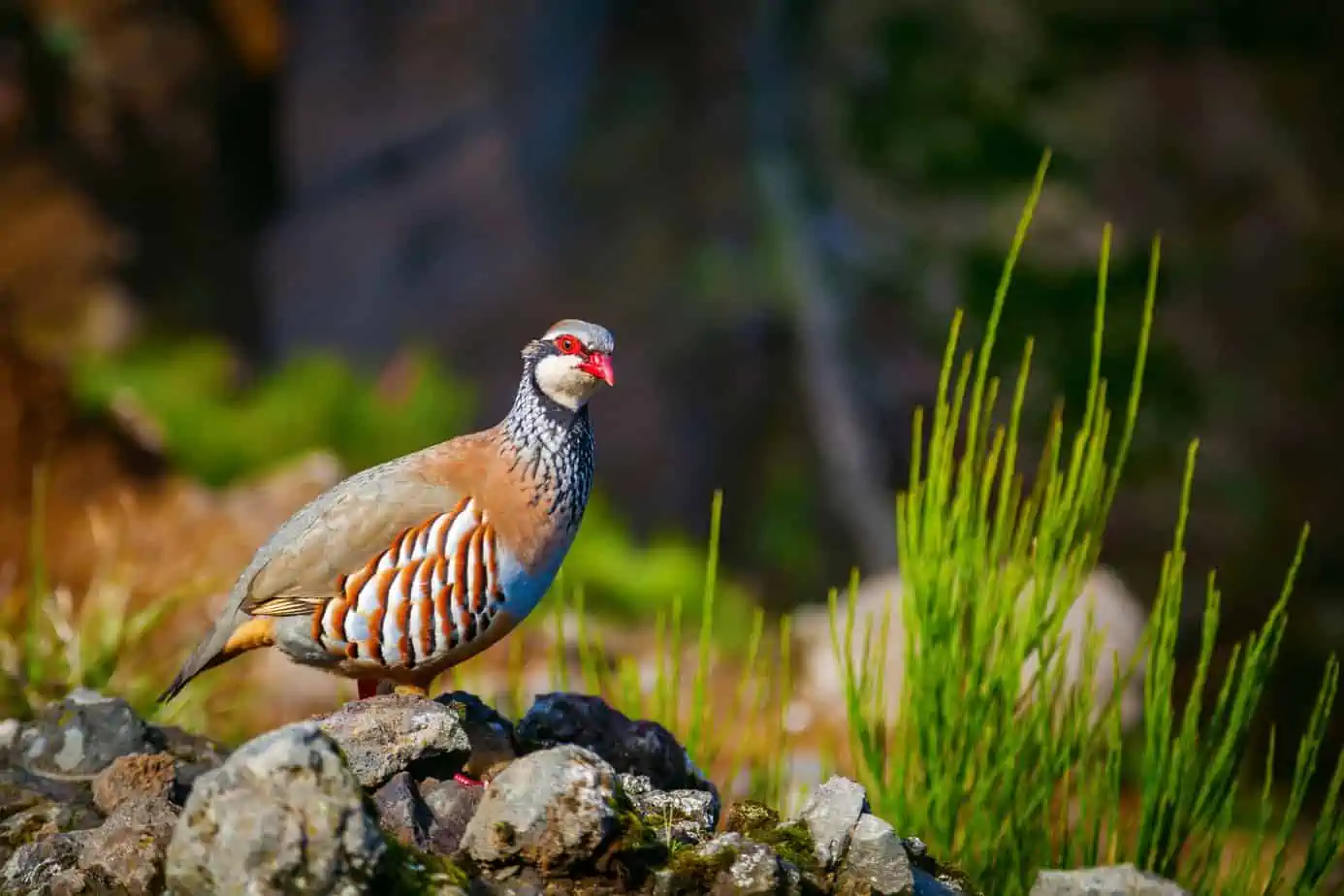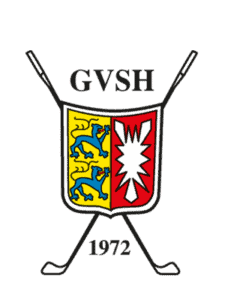Partridges on golf courses are a rare guest. The animals are extremely shy and their settlement tricky. The creation of a species-appropriate habitat on a golf course is not entirely uncomplicated.
Nevertheless, there are some golf courses in Germany, such as the GC Würzburg or the GC Altötting-Burghausen, which have attracted partridges to their grounds. An achievement that the courses are rightly quite proud of. Because raising the birds with their brown-grey plumage is not easy – especially not on a golf course. Listed as “highly endangered” on the Red List of endangered animal and plant species in Germany, this bird species requires a special environment to thrive. “Settling partridges is really complicated,” explains Dr. Gunther Hardt, Head of the Biodiversity Working Group at the German Golf Association. “At GC Altötting-Burghausen, this was achieved in a complex program lasting several years, which included feeding the animals at the beginning.”
Appropriate measures
In principle, the partridge, as an original steppe dweller, is today dependent on the habitats created by humans. Golf courses offer good conditions for partridges to settle: Their extensive green areas, combined with hedges, strips of old grass and extensively maintained edges, provide the partridge with cover and food. It is crucial that these areas are managed close to nature: late mowing dates, the creation of flower strips and leaving unmown fallow land increase the chances of the shy partridge being able to breed successfully here. By deliberately designing areas that are not absolutely necessary for playing, it is possible to create retreats on golf courses that benefit the animals all year round.
Partridge-friendly mowing in particular is an important measure. This includes mowing at the end of July at the earliest, by which time the young birds have left the nest. If this is not possible, unmown strips of at least five meters wide should be left so that partridges can find a place to retreat. The maintenance of dry sand hollows promotes the habitat of partridges as well as the renunciation of pesticides and artificial fertilizers . In winter, stubble fields, which are important foraging areas, should not be plowed over immediately.
The grey partridge urgently needs help: its population in Germany has declined dramatically in recent decades. While around 309,700 breeding pairs were counted in the 1980s, the current estimate is only 21,000 to 37,000 pairs. This represents a decline of more than 90 percent. In the 1950s, there were still several million pairs living in the agricultural landscape.
There are many reasons for this decline, but it can primarily be attributed to the intensification of agriculture. Monocultures such as large-scale maize or winter cereal cultivation, the loss of structurally rich landscape elements such as hedges, field margins and fallow land as well as the heavy use of pesticides have massively reduced the birds’ habitat. Added to this is the loss of insects, which is particularly fatal for the rearing of chicks. Early mowing dates also destroy many clutches of eggs before the young hatch. As a result, there are no offspring and over-aged populations disappear within a few years.
INSERT_STEADY_NEWSLETTER_SIGNUP_HERE







